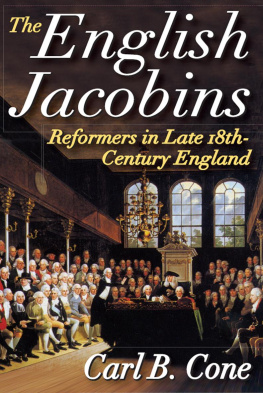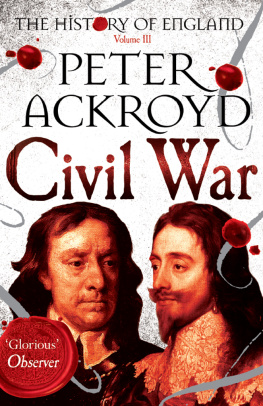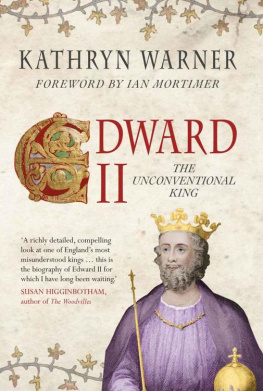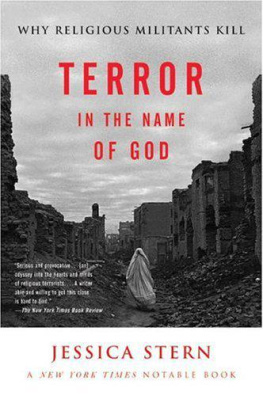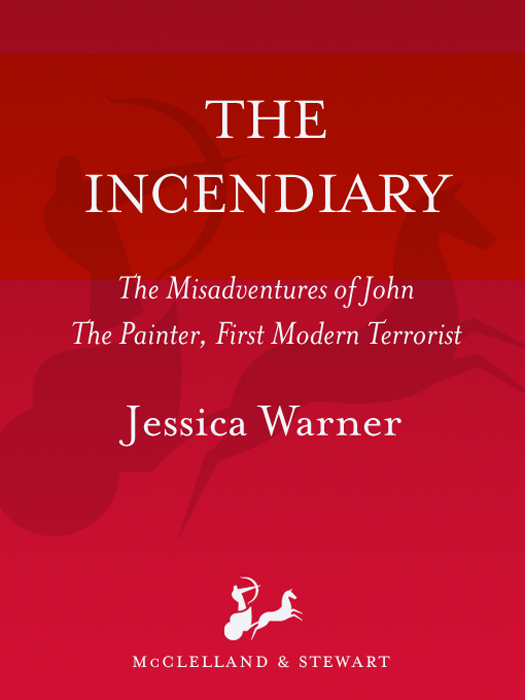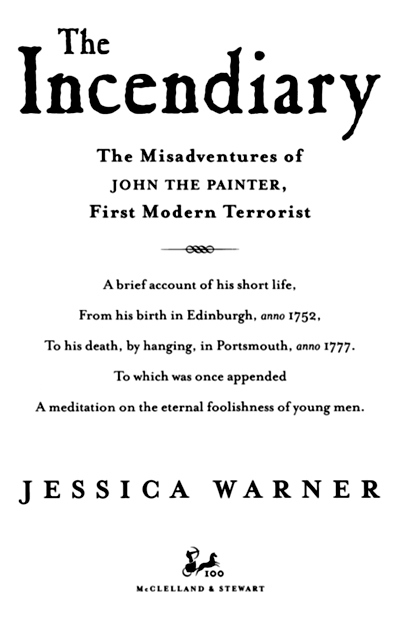ALSO BY JESSICA WARNER
Craze: Gin and Debauchery in an Age of Reason
Copyright 2005 by Jessica Warner
Hardcover edition published 2005
Trade paperback edition published 2006
All rights reserved. The use of any part of this publication reproduced, transmitted in any form or by any means, electronic, mechanical, photocopying, recording, or otherwise, or stored in a retrieval system, without the prior written consent of the publisheror, in case of photocopying or other reprographic copying, a licence from the Canadian Copyright Licensing Agencyis an infringement of the copyright law.
Library and Archives Canada Cataloguing in Publication
Warner, Jessica
The incendiary : the misadventures of John the Painter, the first modern
terrorist / Jessica Warner.
eISBN: 978-1-55199-575-5
1. Aitken, James, 1752-1777. 2. United StatesHistoryRevolution, 1775-1783Biography. 3. TerroristsEnglandBiography. 4. SabotageEnglandHistory18th century. I. Title.
E280A49.W37 2006 973.385 C2005-905963-X
We acknowledge the financial support of the Government of Canada through the Book Publishing Industry Development Program and that of the Government of Ontario through the Ontario Media Development Corporations Ontario Book Initiative. We further acknowledge the support of the Canada Council for the Arts and the Ontario Arts Council for our publishing program.
McClelland & Stewart Ltd.
75 Sherbourne Street
Toronto, Ontario
M5A 2P9
www.mcclelland.com
v3.1
To Barbara S.F.
of course
Do beating drums, and flying colours, purge a band of robbers and murderers of all guilt? Does it signify as to the nature of the crime, whether he who commits it wears a red coat or a brown? whether he holds a painters brush in his hand, or a generals truncheon? are we, because our armies are not so large nor so well armed or disciplined as the English, and their clean-handed friends the Hessiansare we, I say, to sit down, and suffer our throats to be cut tamely? Every American, who believes his cause to be a just one, ought to exert himself in whatever way he can be serviceable to his country. If in the field, let him carry arms; if not, let him light a torch.
From A Short Account of the Motives which Determined the Man, Called John the Painter; and a Justification of his Conduct; Written by himself, and Sent to his Friend, Mr. A. Tomkins, with a Request to Publish it after his Execution (1777)
It is evident from the accounts received from Portsmouth and Bristol, that there are in this kingdom some desperate partizans of the American rebels, who finding that Great-Britain is likely to gain a decisive victory in the field, are endeavouring, by the most hellish plots, to undermine her glory, and prevent her success. Of all bad characters, an incendiary is the foulest. He acts as an assassin armed with the most dreadful of mischiefs, and in executing his diabolical purposes, involves the innocent and the guilty in the same ruin. May every being so lost to humanity live an object of conscience-goading pain, and die an object of universal contempt!
From The General Evening Post (1821 January 1777)
The subtlety, and shrewdness of the offender, bespoke him the man of ability, while his conduct in other respects betrayed him a fool.
From The Life of James Aitken, Commonly Called John the Painter (1777)
CONTENTS
PREFACE

A MANDA FOREMAN , in the introduction to her stunning biography of Georgiana, duchess of Devonshire, admits to being more than a little seduced by her subject. I admit to no such thing. The subject of my biography was an ordinary man, and a poorly behaved one at that. He broke into peoples houses and held up stagecoaches. When he workedand this he did as little as possiblehe showed up late and stole from his employers. Once he shot a dog. He even raped a woman who was innocently tending her sheep. Then, in the autumn of 1776, his behavior took a decided turn for the worse. He tried to burn down two English towns. The first was Portsmouth and the second was Bristol. Had he not been stopped, he would have burned down each of the dockyards that kept the Royal Navy afloat, and had he succeeded, the American Revolutionary War might very well have ended in 1777 and not in 1783. An American official, moreover, had given the plot his blessing. That man was Silas Deane, Congresss representative in France.
James Aitken, alias James Boswell, alias James Hill, alias James Hinde, is best remembered for the fires that he set. The men who tried and punished him for his crimes knew him only as John the Painter. He was a painter in the most ordinary sense of the word. He did not paint portraits. He did not dabble in watercolors. Instead, he painted houses and the occasional sign. This made him one of the common people, and unlike the duchess of Devonshire, he was destined to be ignored while alive, and forgotten once He did this by setting fires in places where they would be noticed.
He succeeded by half. He was noticed, but in the end he was not remembered. For the briefest of time, for four heady months, he was on everyones mind. George III received daily briefings from his ministers. Newspapers printed sensational stories, some true, some not. In Parliament, a bill was rushed through to suspend habeas corpus; such measures, it was argued, were justified when a nation was at war and when there were traitors unknown to the public; perhaps incendiaries, the secret agents of America lurking in this kingdom. The Bow Street Runners were sent after him. Citizens formed patrols, convinced that neither they nor their possessions were safe.
* * *
John the Painter was not quite twenty-five years old when he was hanged. In just four years, he saw more of his world than most people saw in an entire lifetime. Not including his time in Edinburgh, where he lived until the age of twenty, he spent perhaps a year all told in London, several months in Philadelphia, perhaps a month in Paris, and untold days in countless towns and villages all across England. By the end of his life, he had, by his own boast, committed a crime in almost every county in England. He was forever in motion; he was young.
My pursuit of John the Painter took me on my own mad ramble across Britain, from Edinburgh to London, and from there to Portsmouth and Bristol. Everywhere I incurred debts. It was Michael Gunton of the Portsmouth Museum and Records Service who gave me the idea to write about John the Painter. For this and much more I am eternally grateful. I bothered so many other people: Alison Brown of the Bristol Record Office, Margaret Cooke and Nicola Pink of the Hampshire Record Office, Sarah North of the National Archives of Scotland, Margaret Peat and Fraser Simm of George Heriots School in Edinburgh, and, if truth be told, the entire staff of the National Maritime Museum. Not once did they laugh at menot to my face at least. They should have. Each was competent and kind in equal measure.


